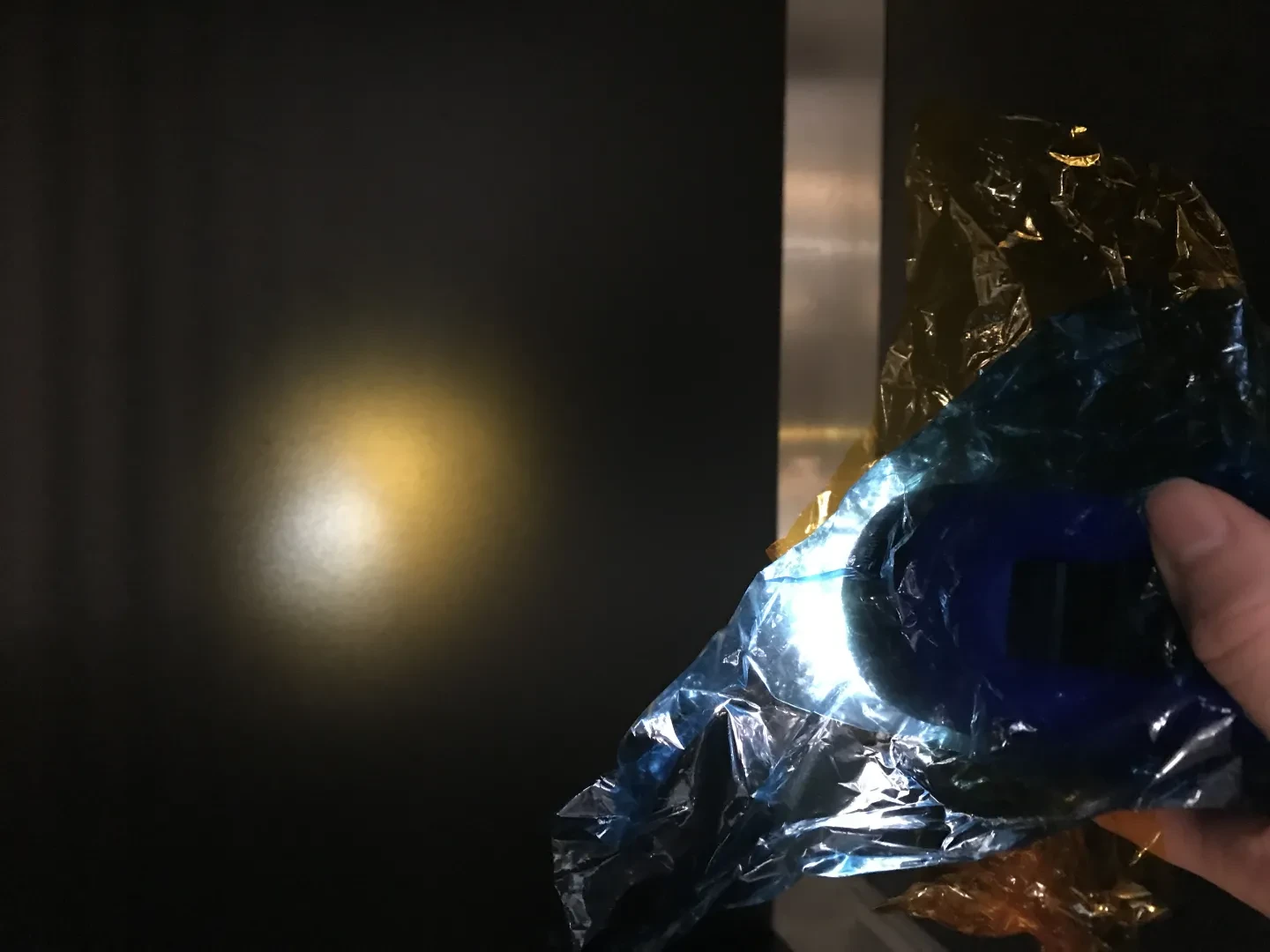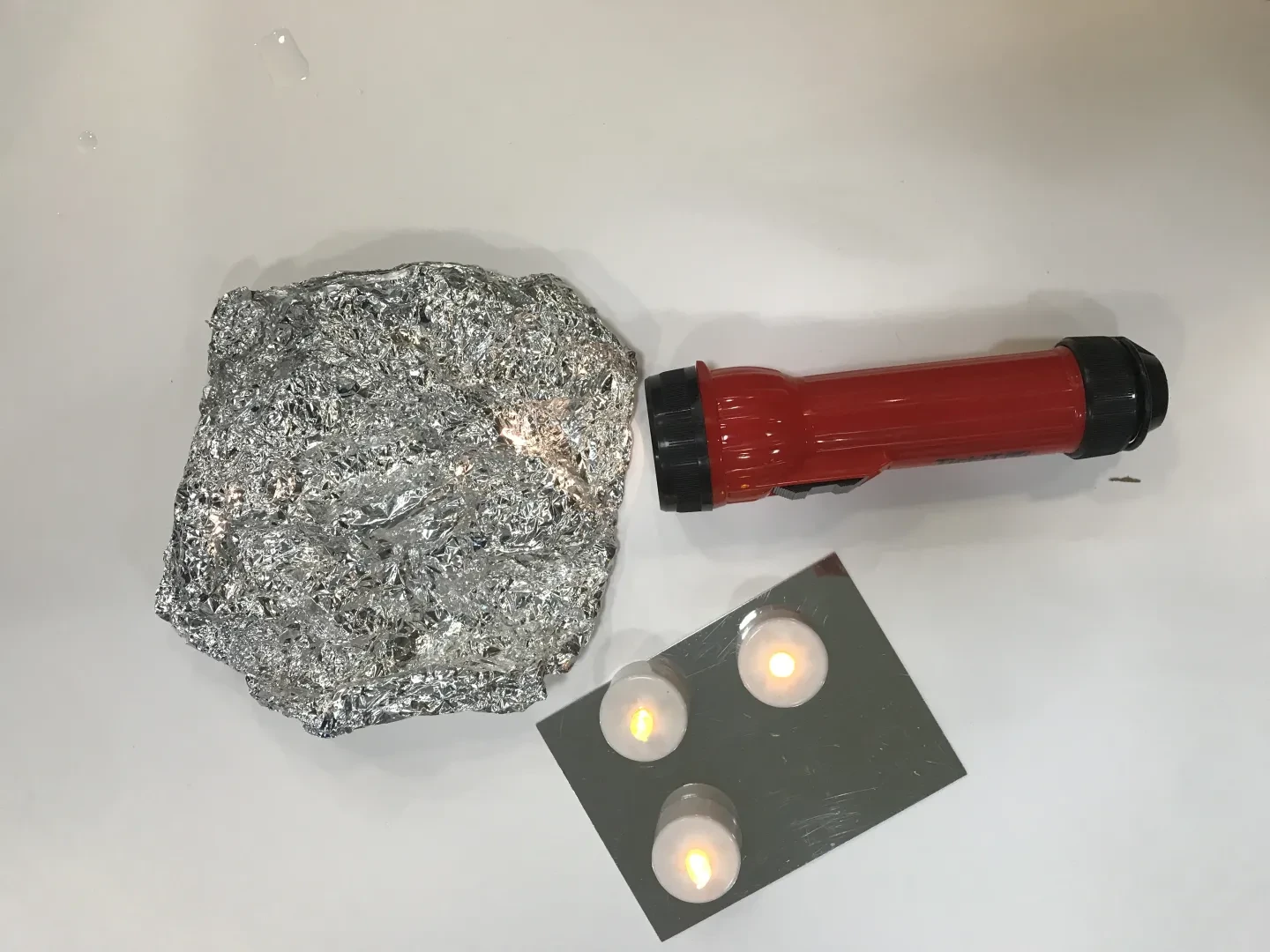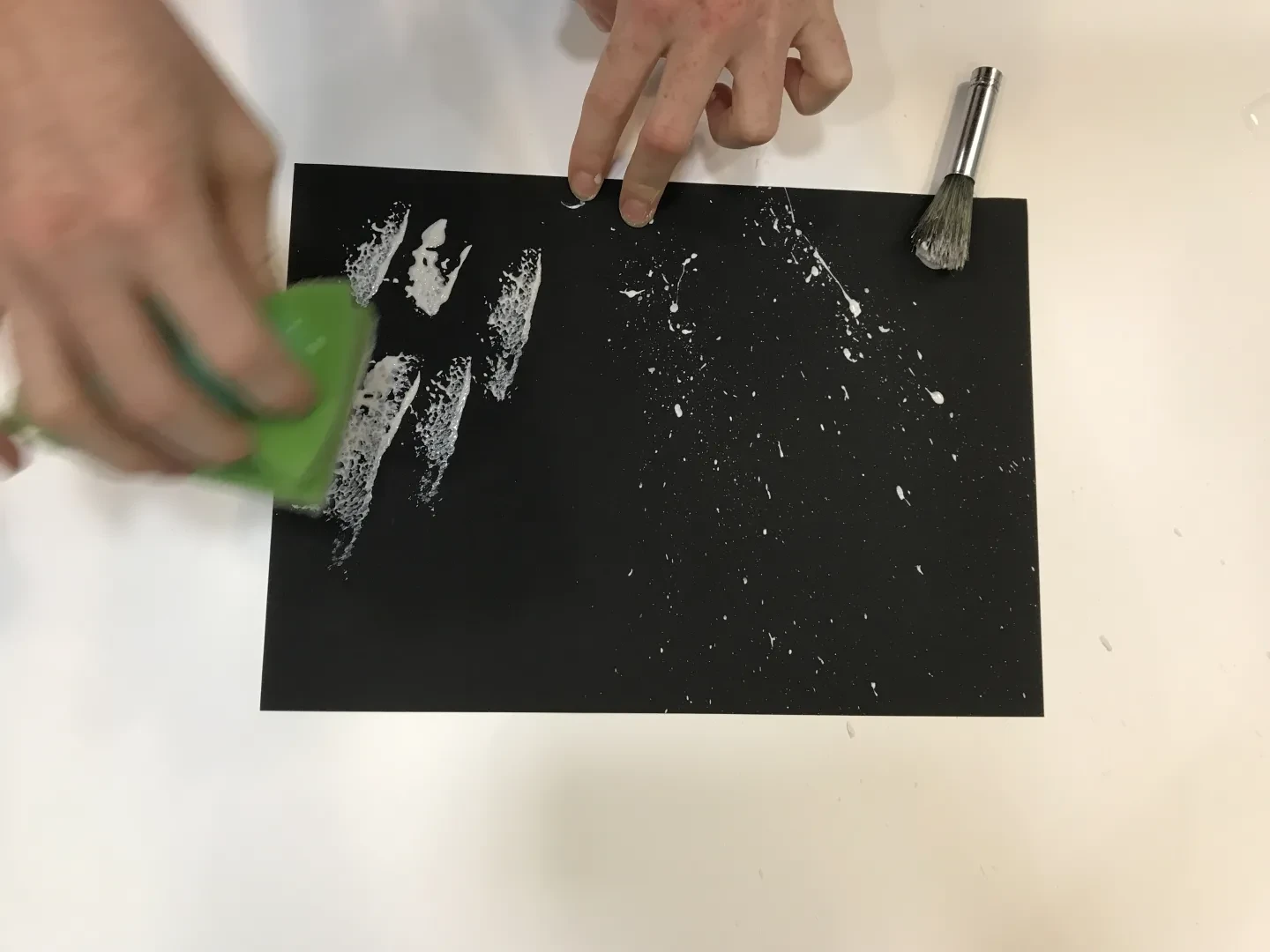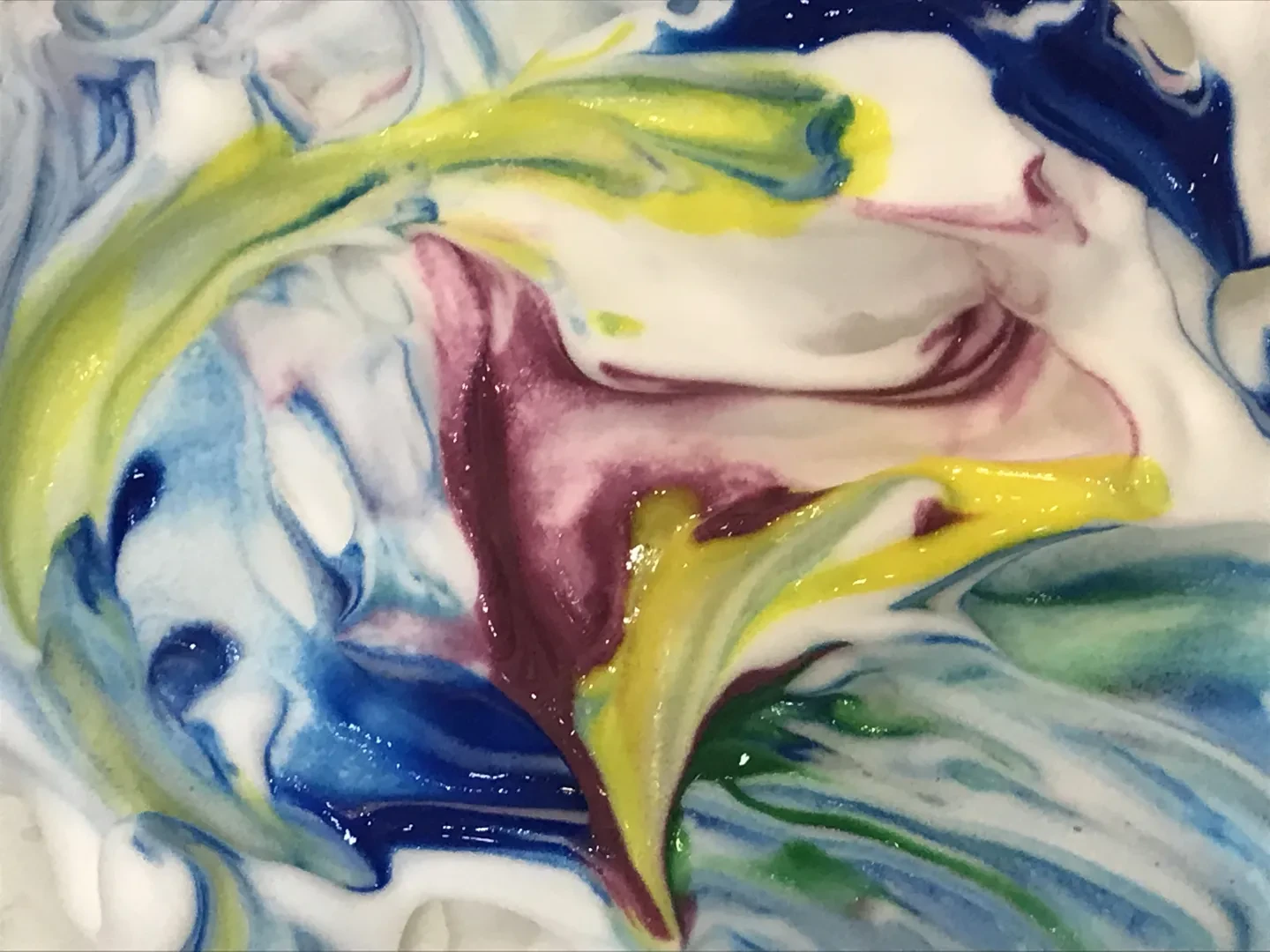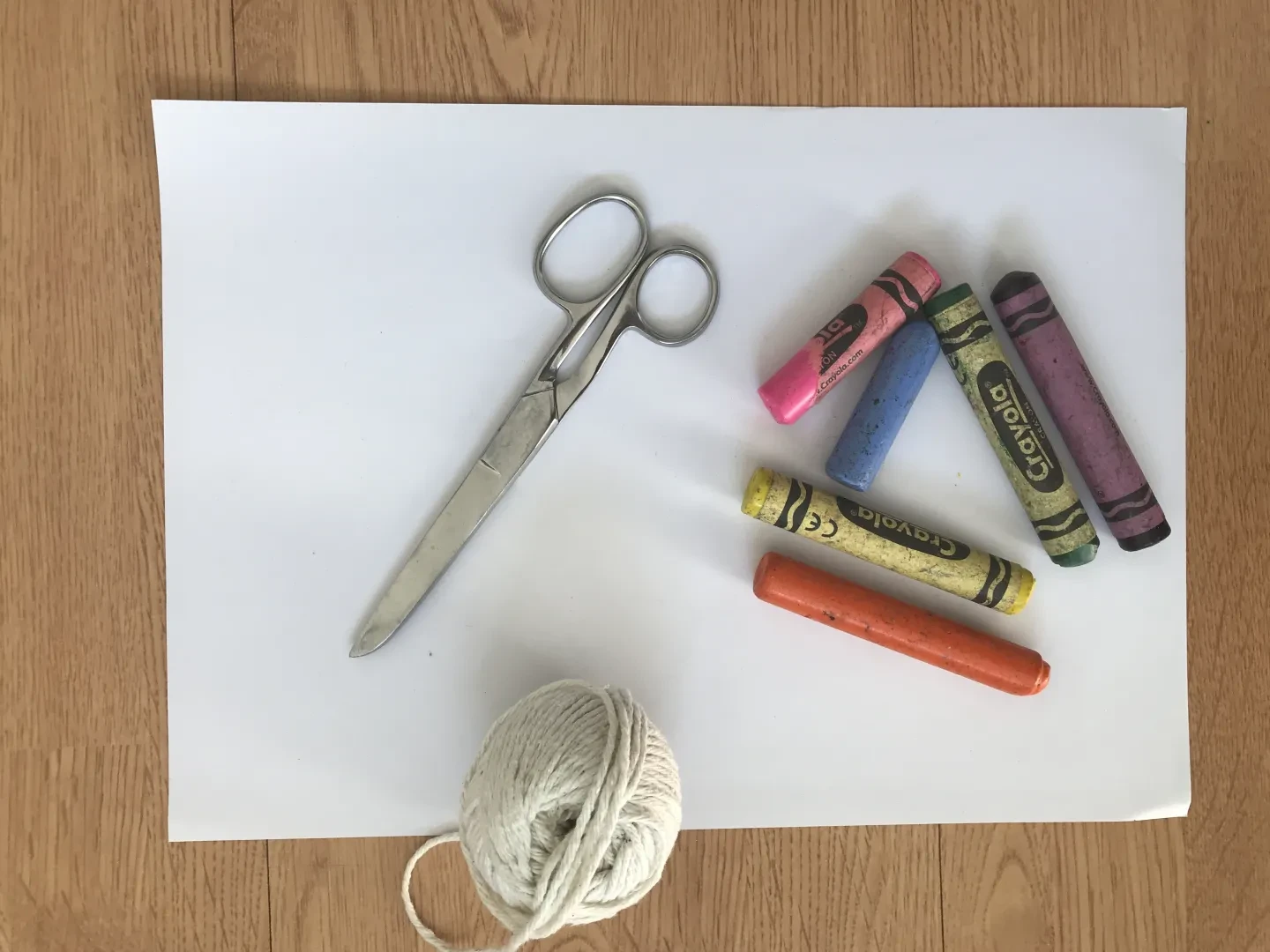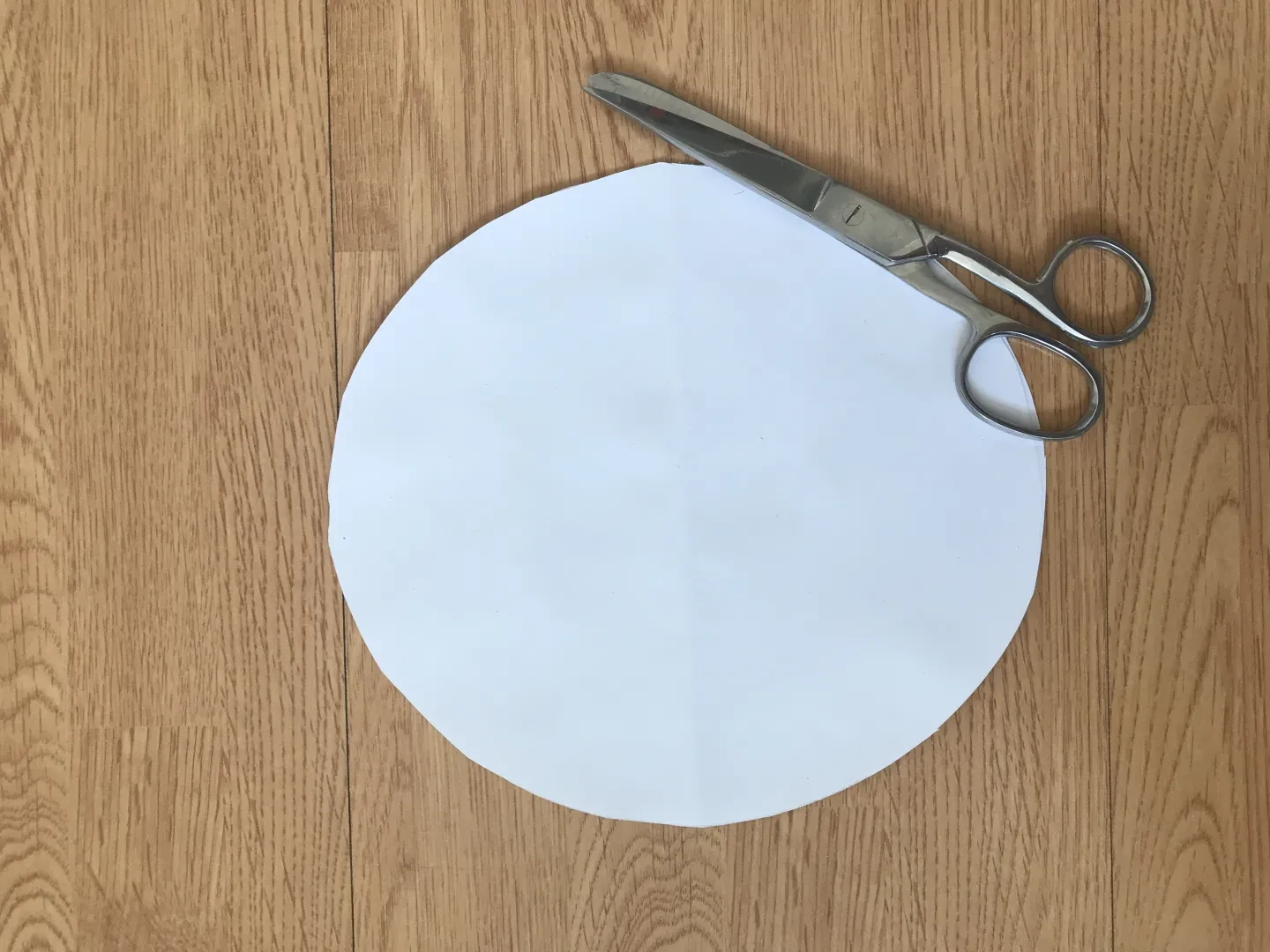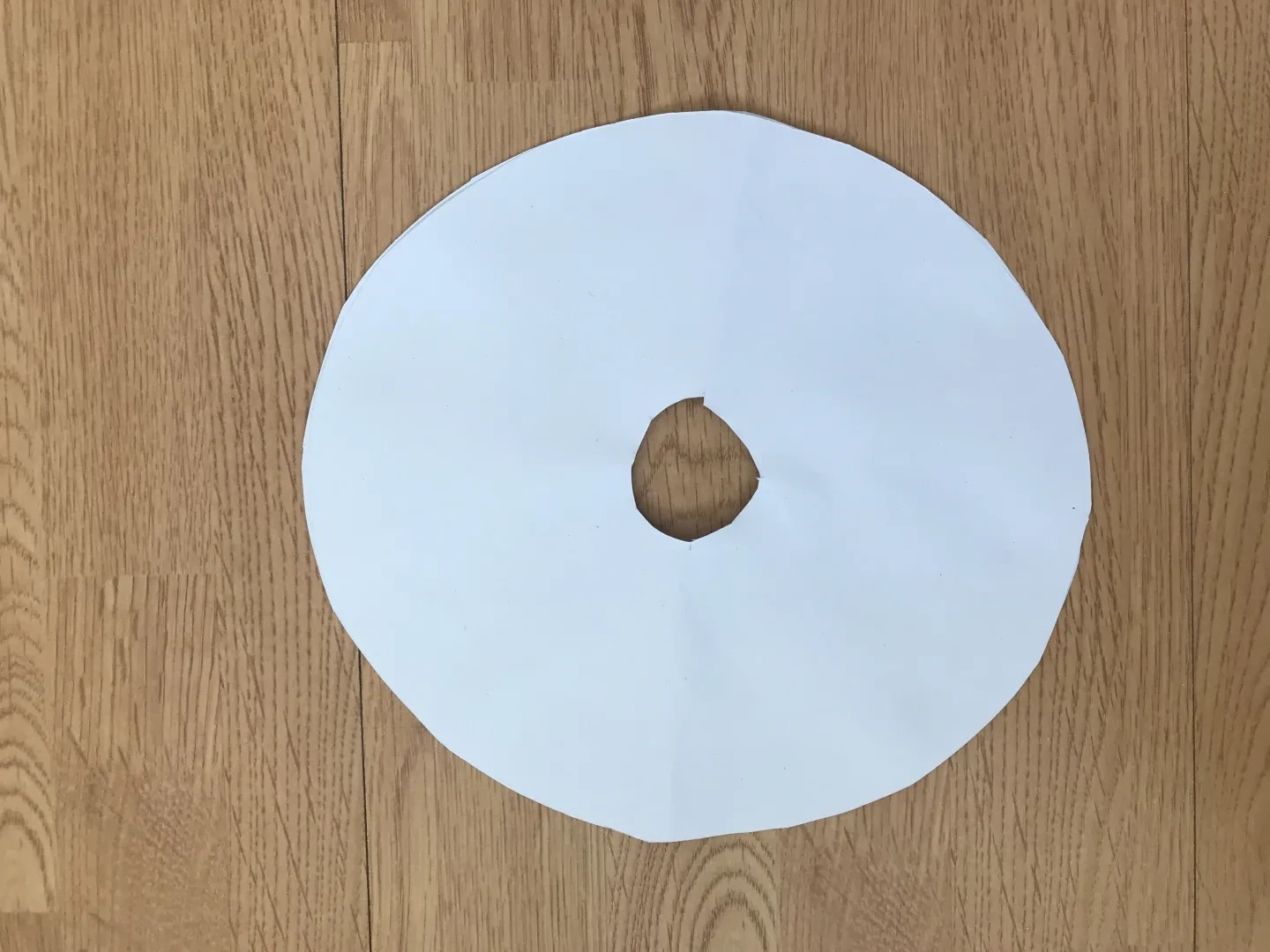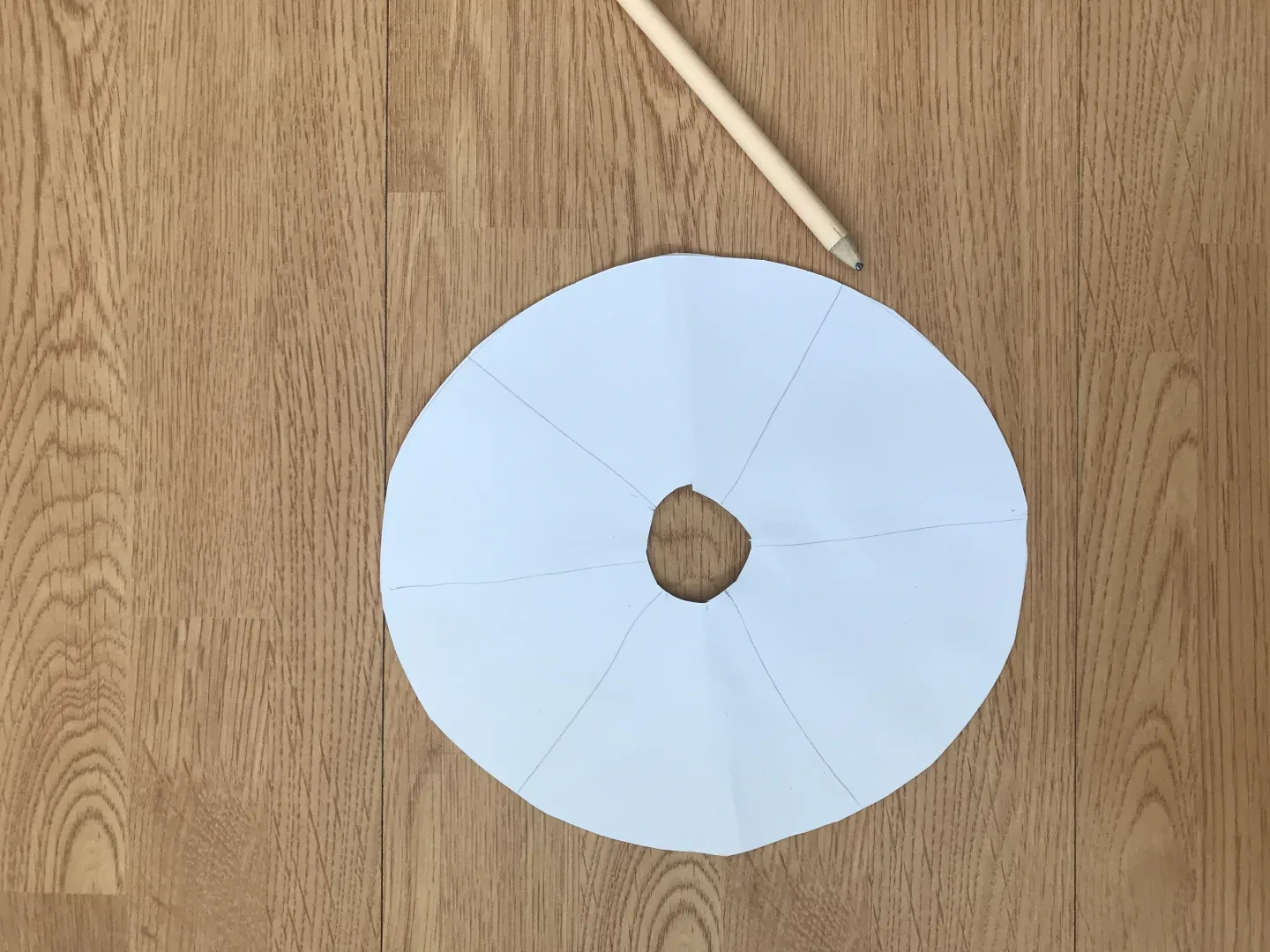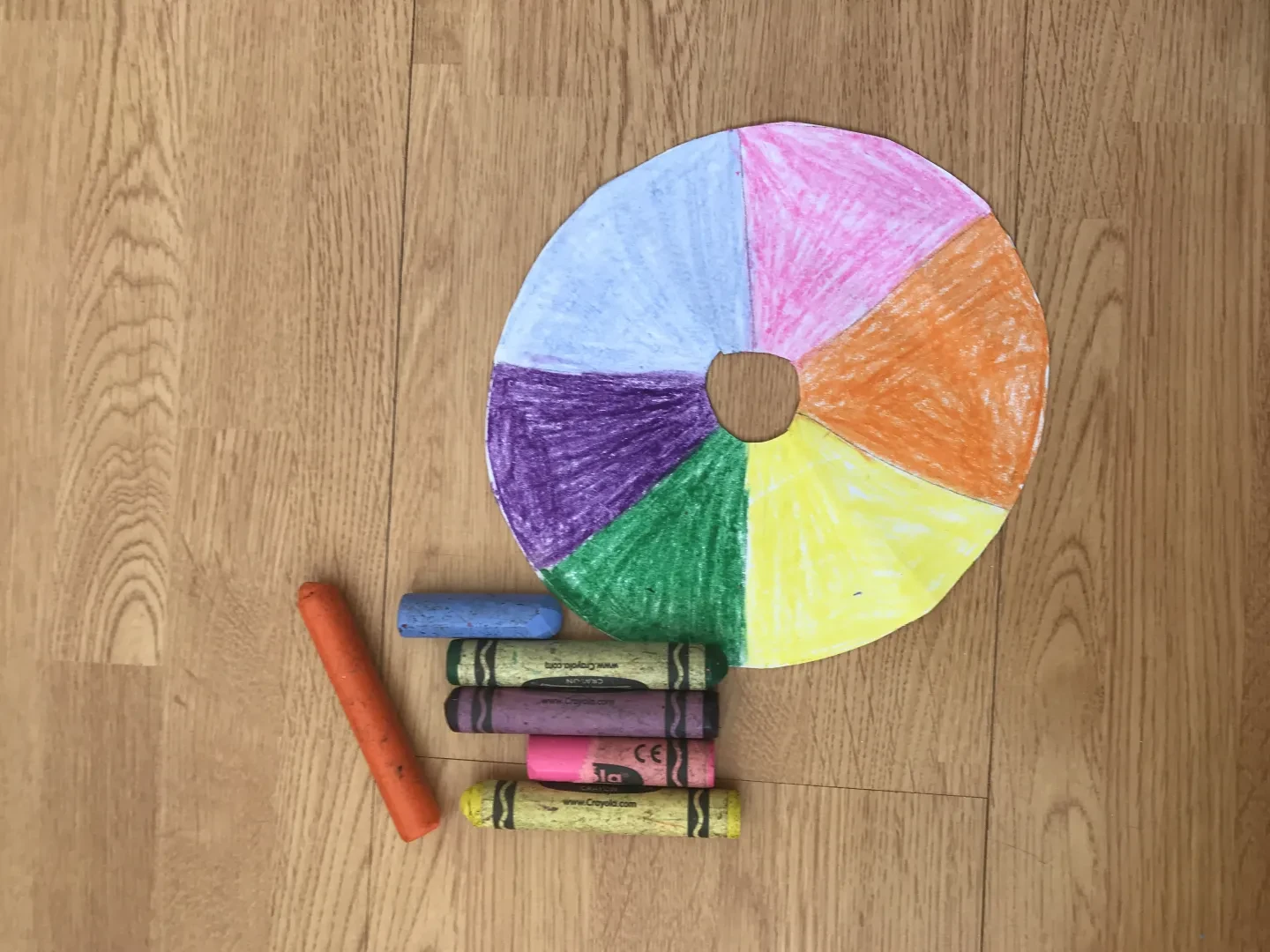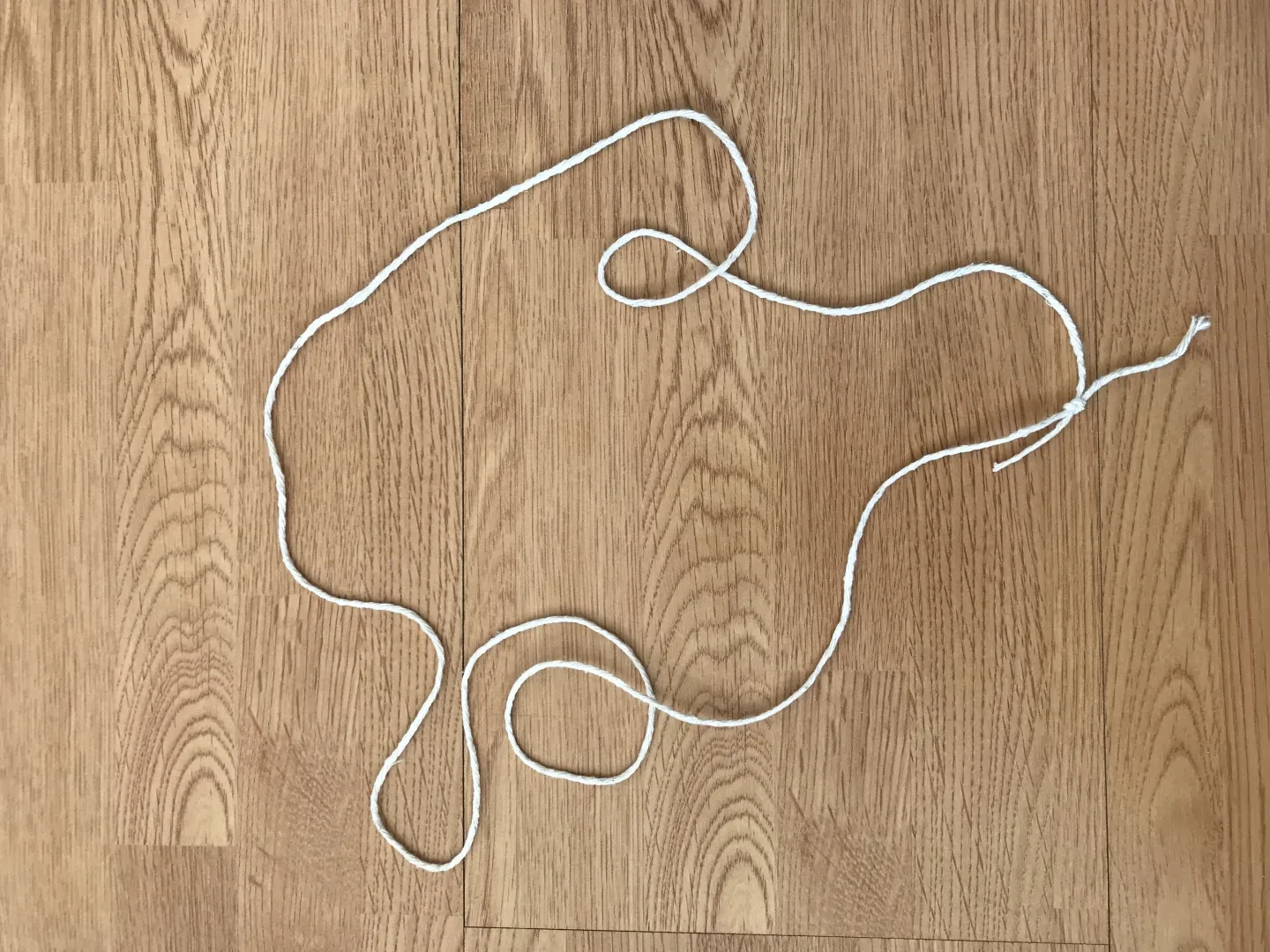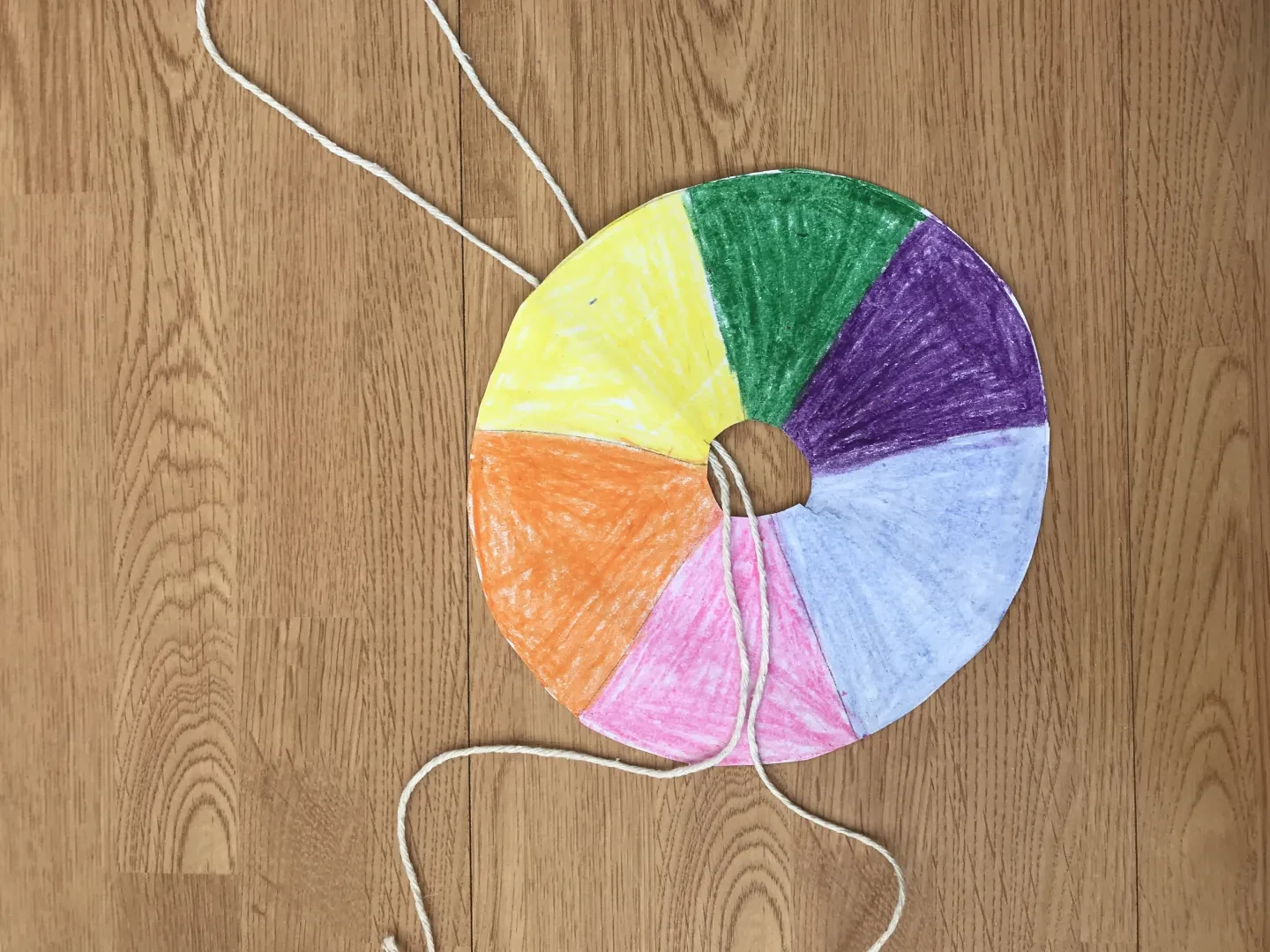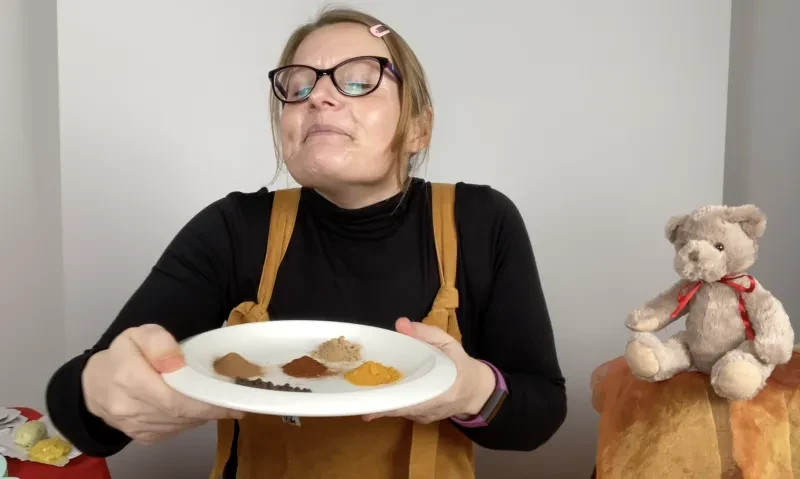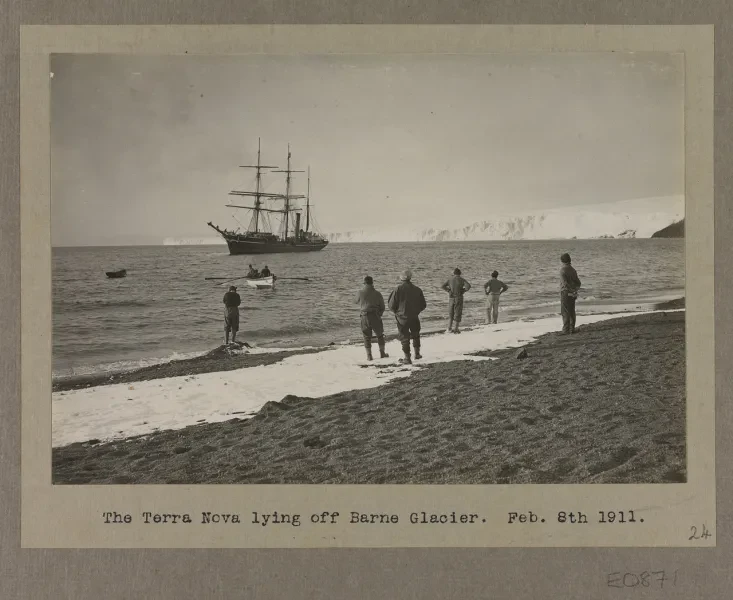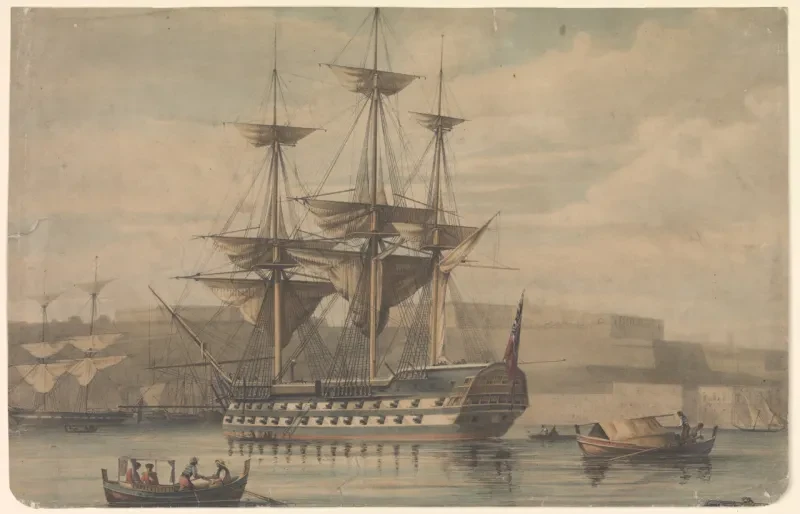
In this activity you can listen along to a story about the Northern Lights. We have also provided some suggestions for a sensory tray to help you explore and play with light in your home. These sensory activities have been developed to support individuals with PMLD, SLD and sensory processing difficulties.
Collect materials from around your home to create a sensory experience. You could add your own items to the tray too.
You will need
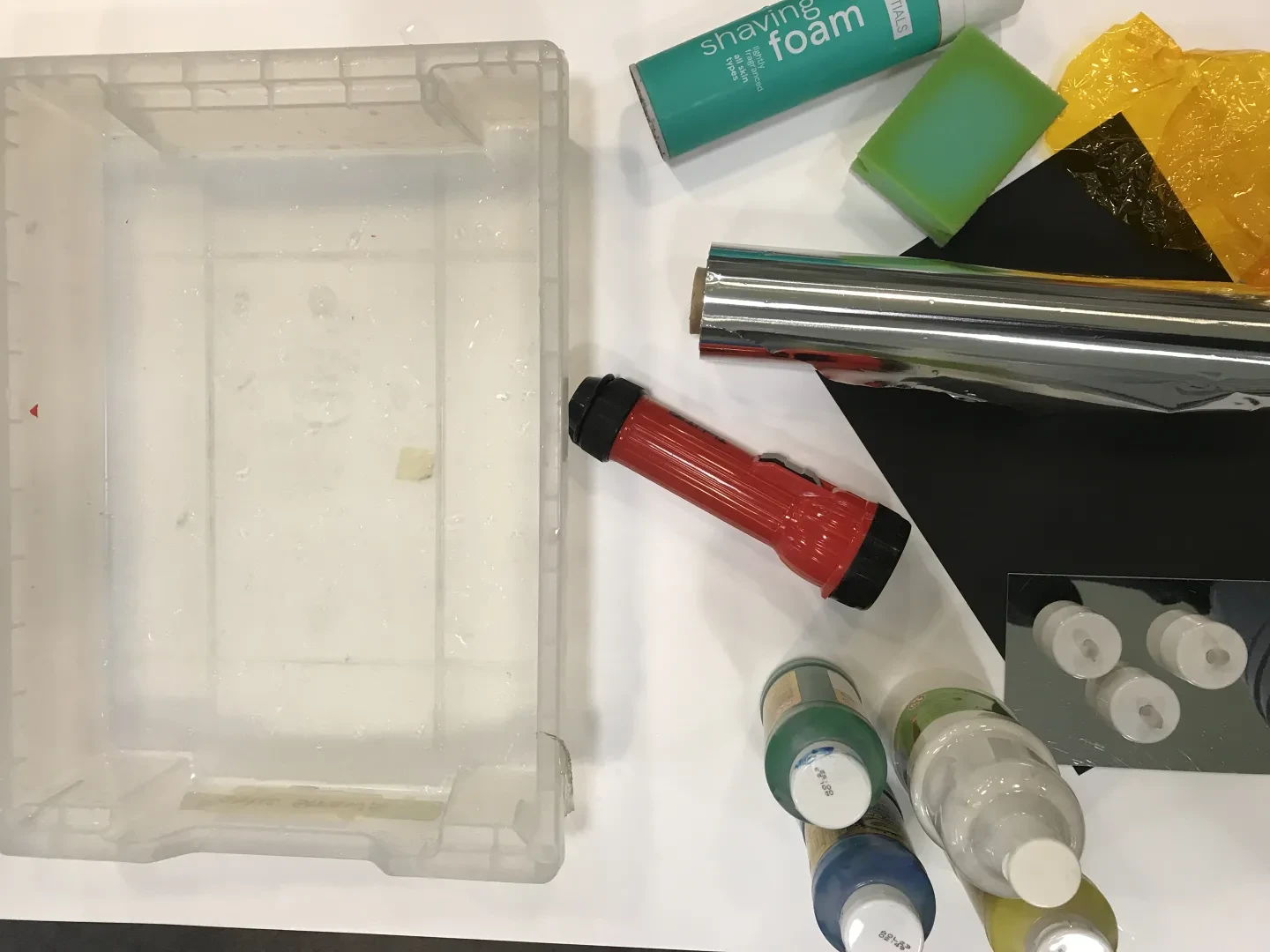
This is a guide and will depend which activities you decide to try. You may also want to switch out some of these for other items you have at home.
- Torch
- Coloured cellophane, or plastic bags
- A dark room, or space
- Tin foil
- Fairy lights, electric tea lights, or other lights you have at home
- Mirror (any size)
- Spinning colour wheel (instructions below)
- Black paper or card
- Paint (white, purple, green, blue, yellow)
- Dish sponge (with a scratchy surface)
- Shaving foam (not gel)
- Shallow dish
Listen along to this story by Olivia Armstrong.
Depending on your child, you could watch the images in the video, just listen along, or even download the transcript and read it for yourself.
Create your sensory space
You can create a sensory space and sensory tray to go alongside this story. For some children, this may help to explore the story and bring it to life.
To get the best experience from playing with light, we recommend finding a darker space. You could dim the lights, or you could create a den with blankets to keep out some of the light.
Scroll through these activities to see our suggestions for playing with light.
Create a colour wheel
A colour wheel is a great, hands-on way to explore colour together.
Holding each end, create circles with your hands, as if you are holding a skipping rope. Then suddenly pull the string tight, and send the colour wheel spinning!
Do the colours look different when it spins?
What do you notice about the colours now?
To create your colour wheel:
Did you enjoy the story?
You can listen to this story again and again and try different activities each time.
You could create your own sensory experiences for the story, or perhaps next time you will just listen to the story and watch the pictures. There is no right or wrong way to enjoy this story!
Sensory Activities
Sensory stories and activities created for PMLD, SLD and neurodiverse children
